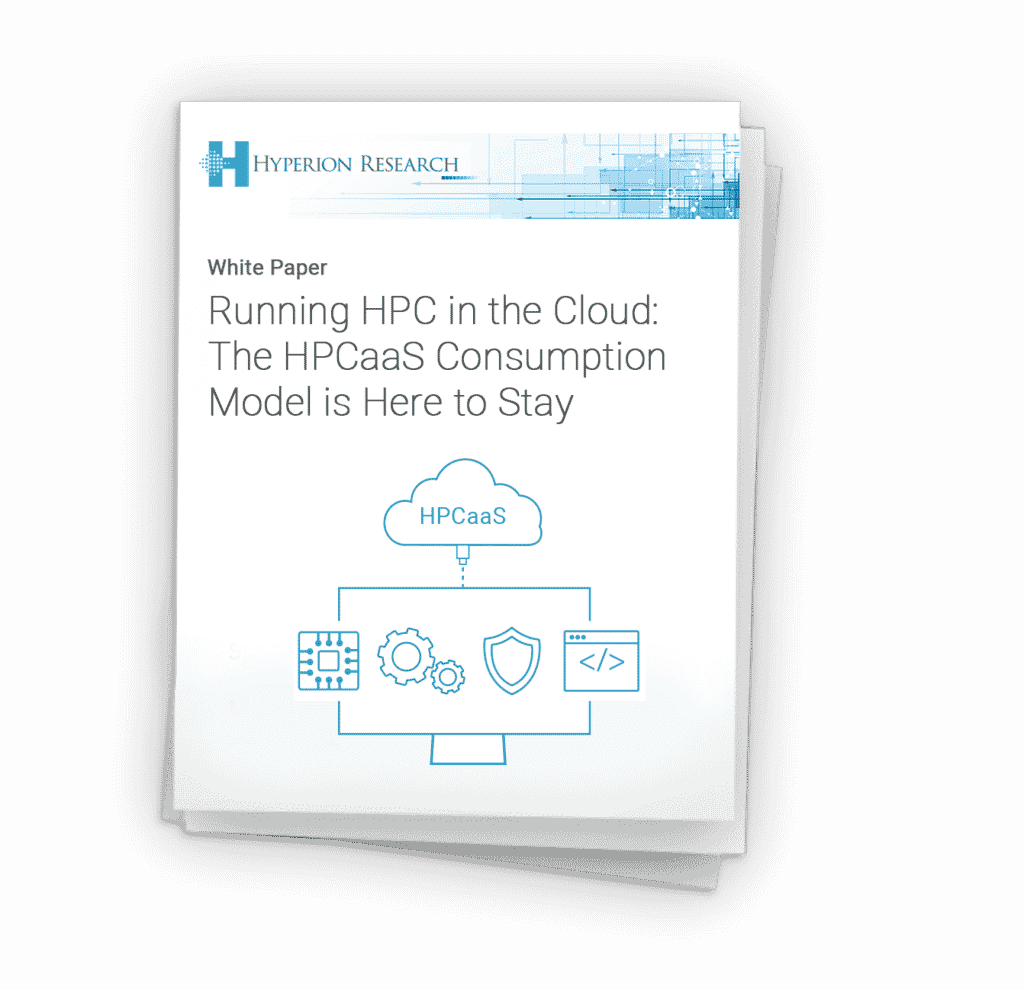Running HPC in the Cloud: The HPCaaS Consumption Model is Here to Stay

Hyperion Research Opinion
Running HPC workloads is simultaneously becoming more complex and more expensive. The number of users who can benefit from leveraging HPC infrastructure are growing while the skillsets required for deploying, maintaining, and supporting the systems are becoming more scarce. Additionally, virtually all organizations’ budgets are being challenged either with shrinking CAPEX (capital expense) and OPEX (operating expense) budgets, or a shifting of CAPEX budget to OPEX. A new business model for accessing and deploying HPC resources would be welcome across the HPC ecosystem.
The public cloud, defined as computing resources provided by a third-party provider to complement or replace on-premises computing, has emerged as a new business model for running HPC workloads. While the cloud does provide elasticity of resources and a pay-as-you-go OPEX cost model, along with access to the latest technological advances, challenges still persist. It can be confusing to identify the appropriate cloud service provider for users’ workloads. Once a CSP is selected, getting the application to optimally run in a consistent fashion is no easy task. Determining a predictable and repeatable cost estimate across a variety of workloads can also be troublesome for users.
HPCaaS (HPC as a Service) aims to address these mounting challenges by:
- Making HPC jobs far easier to run and eliminating much of the inherent complexity of HPC.
- Exposing HPC resources for pay-as-you-go OPEX consumption and alleviating underutilization of resources.
- Virtualizing cloud resources to support best-of-breed resources and latest architectures
- Supporting continuous access to all geographies.
- Providing recipes for targeted vertical HPC applications and delivering the appropriate resource profile and predictable cost model matched to the specific HPC workload.
